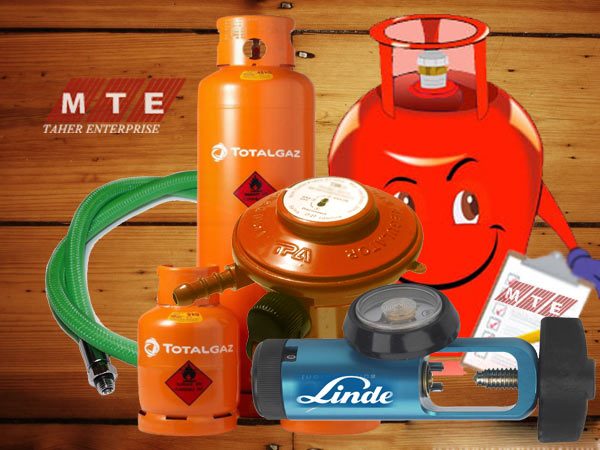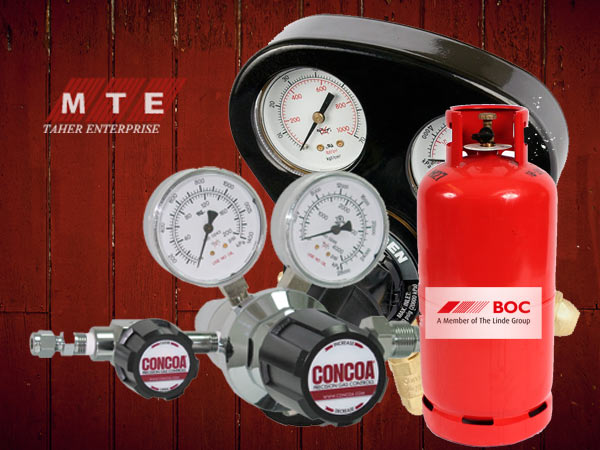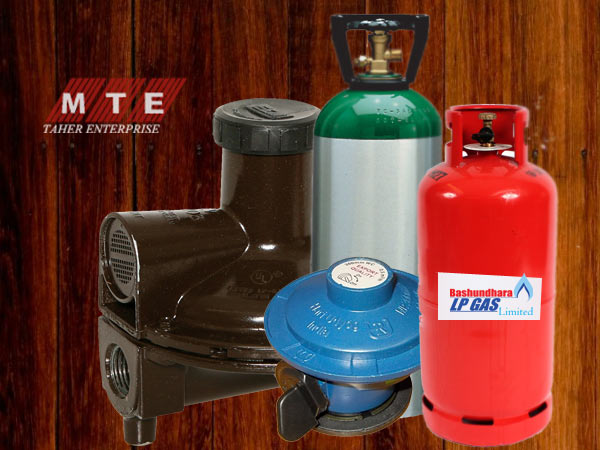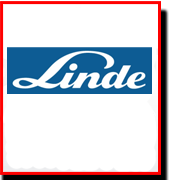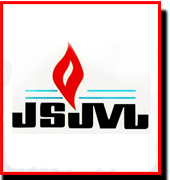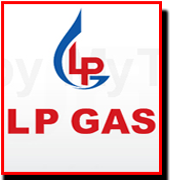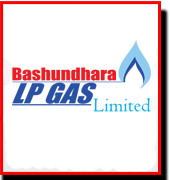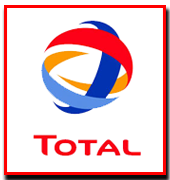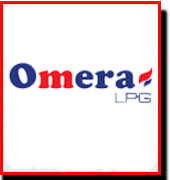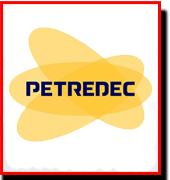We have enlisted some common question & answer for public interest. If you have any more query, please let us know. We are always ready to provide the best services to our valuable clients.
How can I determine the quality of a medical oxygen regulator?
First, purchase medical devices such as medical oxygen regulators only from a quality, established, and qualified supplier. This ensures if you have a question or a problem you can get answers and solutions. Next, given the number of Chinese regulators in the market, it helps to have individual regulator testing data with the regulator(s) to ensure quality and performance.
Can I repair or modify a medical oxygen regulator?
No, there are no user repairs or modifications permitted on medical oxygen regulators. Medical oxygen regulators are precision devices which control oxygen pressures up to 2,000 and even 3,000 psig and regulate this pressure to allow patients to receive the proper prescription of oxygen. If a medical oxygen regulator requires a repair or modification contact the supplier, do not attempt to repair or modify it!
Is LPG dangerous?
If used and handled in accordance with prescribed procedures LPG is safe. As with electricity, natural gas, petroleum and other household chemicals, care should always be taken when using LPG. Elgas has established an unrivalled reputation for safety, from regular compliance checks of your cylinders to the comprehensive safety and maintenance schedule of our tankers.
What is LPG or LP Gas?
LPG is the acronym for Liquefied Petroleum Gas.
The term LPG actually encompasses more than one variety of gaseous fuel. There are a number of hydrocarbon gases that fall into the classification of “LPG”. Their common distinguishing characteristic is that they can be compressed into liquid at relatively low pressures.
LPG is stored under pressure, as a liquid, in a gas bottle. It turns back into gas vapour when you release some of the pressure in the gas bottle by turning on your appliance. Almost all of the uses for LPG involve the use of the gas vapour, not the liquefied gas.
The gases that fall under the “LPG” label, including Propane, Butane, Propylene, Butadiene, Butylene and Isobutylene, as well as mixtures of these gases. The two most common are Propane and Butane.
Where can I refill my cylinder and how long does it take?
Simply visit us with your empty cylinders for the refilling service. You will be contacted for collection once they are refilled. The total procedure will take approximately three working days. If testing is required, the process may take longer. Our customer service officer will update you about the status so that you can collect them once they are ready. We are the dealer of Linde.

